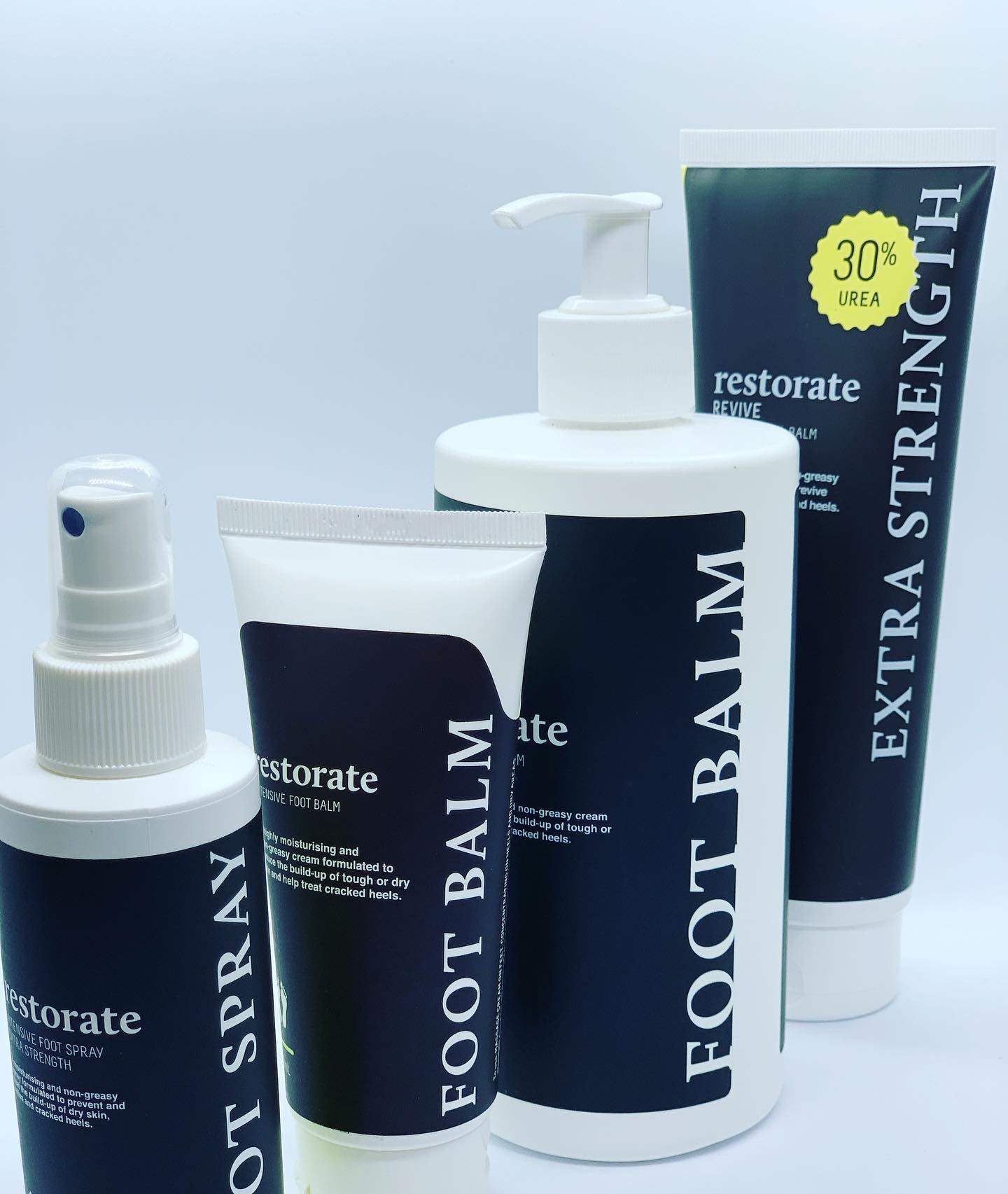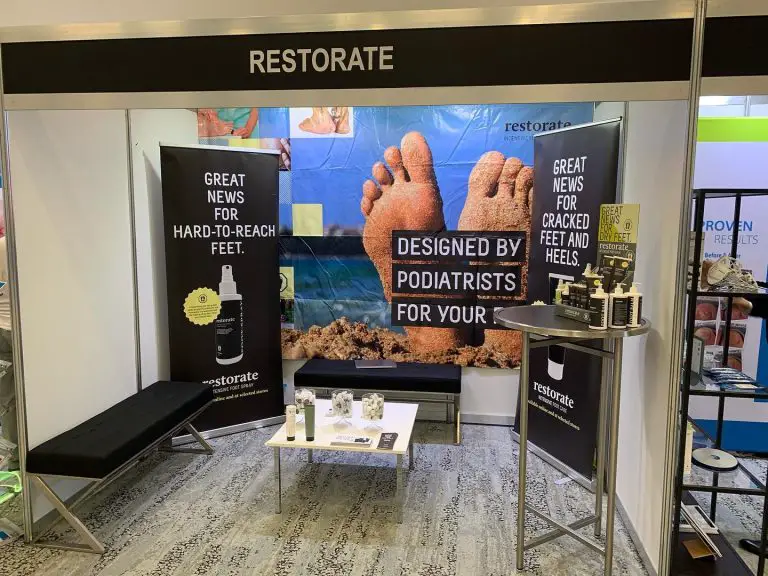How to use cream to get rid of dry cracked Heels quickly and easily?
Dry and cracked heels are a common problem that can be both uncomfortable and unsightly. Fortunately, there are many ways to treat this issue, and using cream is one of the most effective and straightforward methods. In this article, we will discuss how to use cream to get rid of dry cracked heels quickly and easily.
Understanding Dry cracked foot
Before we delve into the ways to treat cracked feet, let's understand what causes them in the first place. Our feet have a natural layer of fat that provides cushioning and support. However, when this layer of fat dries out, it can lead to cracking and fissures. This can happen due to several reasons, including:
- Harsh soaps or chemicals that strip the natural oils from your feet
- Excessive exposure to hot or cold weather
- Wearing open-toed shoes or sandals that allow your feet to dry out
- Standing for prolonged periods
- Medical conditions like psoriasis or eczema
While many factors can contribute to cracked feet, the good news is that there are several best ways to heal dry skin–
Using Cream to Get Rid of Dry Skin
Creams are a great option for treating dry skin because they are easy to use and can provide quick relief. Here's how to use cream to get rid of dry cracked heels:
Step 1: Soak Your Feet
Before applying cream to your feet, it's essential to soak them in warm water for about 15-20 minutes. This will soften the skin and make it easier to remove any dead skin cells or calluses. You can also add a few drops of essential oil or Epsom salt to the water for added benefits.
Step 2: Exfoliate Your Feet
After soaking, use a pumice stone or foot file to gently remove any dead skin cells or calluses. Be careful not to overdo it, as this can cause further damage to your feet.
Step 3: Dry Your Feet
Pat your feet dry with a clean towel, being sure to get in between your toes and any other crevices where moisture may linger.
Step 4: Apply Cream
Apply a thick layer of foot cream to your feet, focusing on the areas that are particularly dry or cracked. Massage the cream into your feet, making sure to cover every inch. For best results, apply the best cream for dry cracked heels cream at night before going to bed and wear a pair of socks to lock in the moisture.
Step 5: Repeat Daily
For best results, repeat this process daily until your feet are soft and smooth. You can also continue to use the cream regularly to maintain the health of your feet.
Choosing the Right Foot Cream
When it comes to choosing a foot cream, there are several things to consider. Look for a cream that contains ingredients like urea, glycerin, or lactic acid, which are all known to help soften and moisturize dry skin. Avoid creams that contain harsh chemicals or fragrances, as these can irritate your skin.
Statistics on Dry-Cracked Heels
Dry cracked heels are a prevalent problem that affects people of all ages and genders. Here are some statistics on this problem:
- According to a study published in the Journal of Foot and Ankle Research, 20% of adults aged 21 and older in the United States have cracked heels.
- Another study published in the Indian Journal of Dermatology found that 20-30% of the population in India suffer from dry cracked heels.
- Dry cracked heels are more common in women than men, possibly due to factors like wearing high heels or having hormonal differences.
- People with medical conditions like diabetes or thyroid problems are more prone to dry cracked heels.
How to Identify the Causes of Dry-Cracked Heels?
Dry and cracked heels can be a common problem for many individuals. It is a condition where the skin on the heels becomes rough, scaly, and sometimes even painful. Cracked feet can be caused by several different factors, including dry skin, medical conditions, and environmental factors. It is important to identify the causes of dry and cracked heels so that proper treatment can be administered. Let's discuss some of the common causes of dry feet and how to identify them.
Causes of Dry foot:
1. Lack of Moisture:
One of the most common causes of dry soles of feet is a lack of moisture. This can happen when the skin on the feet is not hydrated enough. Factors that can contribute to this include taking hot showers or baths, using harsh soaps or cleansers, and wearing shoes that don't allow the feet to breathe.
2. Medical Conditions:
Certain medical conditions can cause dry skin. For example, diabetes, thyroid disorders, and psoriasis can all contribute to this condition. In some cases, dry skin may also be a sign of a fungal infection.
3. Environmental Factors:
Environmental factors such as cold weather, dry air, and low humidity levels can also contribute to dry and cracked heels. This is because these conditions can cause the skin on the feet to become dehydrated and lose its natural moisture.
How to Identify the Causes of Dry and Cracked Heels:
1. Examine the Skin:
The first step in identifying the causes of the rough foot is to examine the skin. Look for any areas that are rough, scaly, or painful. You should also pay attention to any discoloration or swelling in the affected area.
2. Consider Your Lifestyle:
Think about your daily routine and how it might be contributing to your dry and cracked heels. Do you take hot showers or baths? Do you wear shoes that don't allow your feet to breathe? Are you exposed to dry air or low humidity levels?
3. Consider Any Medical Conditions:
If you have any underlying medical conditions, such as diabetes or psoriasis, these may be contributing to your dry and cracked heels. Talk to your doctor about any symptoms you are experiencing and ask if they could be related to your medical condition.
4. Look for Signs of Infection:
In some cases, unhealthy dry skin can be a sign of a fungal infection. Look for any signs of redness, swelling, or discharge in the affected area. If you suspect that you may have an infection, it is important to seek medical treatment right away.
Conclusion
Dry damaged heels can be both uncomfortable and unsightly, but using cream is a simple and effective way to treat this issue. By following the steps outlined above and choosing the right foot cream, you can quickly and easily get rid of dry cracked heels and maintain healthy, soft, and smooth feet. Remember to be consistent with your foot care routine and continue to use the cream regularly to prevent dryness and cracking from recurring. With a little bit of care and attention, you can keep your feet looking and feeling great.







